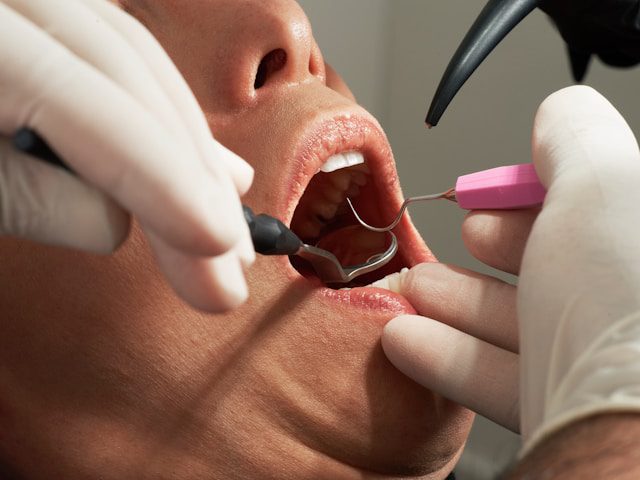
How to Manage Dental Anxiety for a Stress-Free Visit
August 27, 2025
Root canals have long carried a reputation for being intimidating, but the truth is that modern dentistry has turned them into safe, reliable, and surprisingly comfortable procedures. Most patients who undergo treatment enjoy years, often decades, of pain-free smiles. But like any medical procedure, a root canal isn’t always the end of the story. Sometimes, an infection can return or healing may not go as planned, leading to the need for retreatment. Protecting your oral health starts with knowing the signs before they become serious.
Here is how you can recognize if your root canal needs another look and what steps to take next.
1. Persistent or Returning Pain
A properly healed root canal should bring relief. If you notice sharp, throbbing, or dull aches that linger for weeks or even months after treatment, it could signal lingering infection or incomplete cleaning of the canal. Don’t assume it’s just “normal recovery.” Dental pain is your body’s alarm system, and if it refuses to quiet down, it deserves immediate attention.
2. Swelling That Won’t Subside
Mild swelling after treatment is expected, but if your gum continues to appear puffy, tender, or develops a recurring abscess, it may be a sign of bacteria hiding inside the tooth. In some cases, swelling can spread to the jaw or face, making retreatment necessary to prevent complications. Modern retreatments target missed areas, giving teeth the best chance at lasting recovery.
3. Sensitivity That Stays Put
It’s normal to feel some tooth sensitivity in the days following treatment, but months later, hot or cold foods should not trigger sharp reactions. If sipping iced coffee or eating soup still makes you wince, it’s worth asking your dentist whether something deeper is at play. Long-term sensitivity often points to micro-cracks, missed canals, or reinfection. This is why the importance of timely root canal treatment and follow-ups cannot be overstated. Delays only give bacteria more time to grow.
4. Visible Changes in the Tooth or Gums
Keep an eye out for darkening of the treated tooth, recurring pimples on the gums, or unusual discharge. These visual cues often appear when infection is quietly advancing beneath the surface. A tooth that was once stable can weaken without your noticing until the symptoms are obvious. Retreatment, when done early, prevents the need for more invasive options like extraction or implants.
5. When Healing Doesn’t Follow the Usual Timeline
Most patients experience a speedy recovery after root canal therapy, often returning to daily life within a few days. If your healing feels unusually slow, ongoing tenderness, difficulty chewing, or general discomfort, it may signal that retreatment is needed. Recovery should feel like progress, not like being stuck in limbo. If weeks pass and improvement is nowhere in sight, it’s time to check in.
Your Comeback Story
A failed root canal doesn’t mean failure on your part; it simply means your tooth needs another layer of care. With today’s advanced retreatment techniques, there are more options than ever to save your natural tooth and keep you comfortable. Your teeth deserve attention, not hesitation. If you’ve noticed warning signs or just want peace of mind, let the experts guide you back to comfort and confidence.
Southpoint Family Dentistry is here to help you protect, restore, and preserve your smile. Get in touch with us today to schedule a consultation and take the next step toward lasting oral health.



